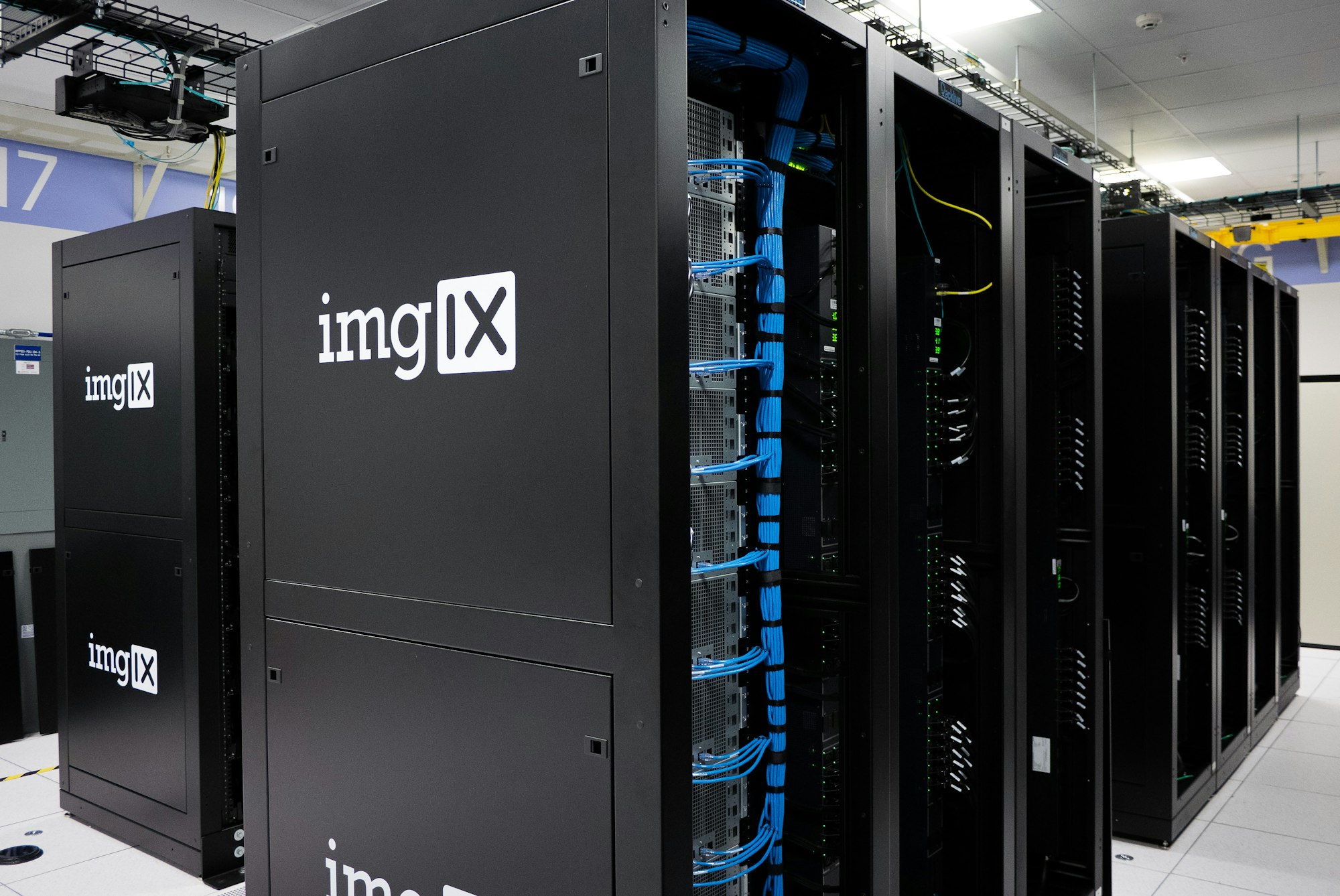- Published on
Edge Networks Explained: Harnessing the Power of CDN for Lightning Speeds
- Authors

- Name
- Alex Lee
- @alexjoelee
In the race for optimal digital performance, speed is the name of the game. The patience of internet users is notoriously short, with loading times significantly affecting user experience, bounce rates, and even SEO. Slow websites can frustrate users, leading to lower engagement and lost sales opportunities. That's where the power of Content Delivery Networks (CDN) and the strategic use of edge servers come into play.
What Are Edge Servers?
Edge servers are the backbone of a CDN, a network of servers strategically located around the globe. These servers store cached versions of your content to provide faster delivery to users wherever they may be. The idea is simple - the closer a server (edge server) is to a user, the quicker that user can download your website's content.
At Skip2, our edge server network is made of lightning-fast servers that we rent directly from industry-leading hardware partners worldwide. We choose our edge locations meticulously and strategically to provide the best experience for our current and fast-growing user base.
Why Use a CDN?
CDNs provide multiple benefits beyond just speed. They also offer reliability during traffic spikes and enhance security through features like DDoS protection. However, the speed remains one of the most significant benefits of using a CDN. Lightning-fast load times lead to better user experiences, lower bounce rates, improved SEO rankings, and higher conversion rates. 
How Edge Servers Work
When a user requests your website, the CDN redirects the request from the site's origin server to the closest edge server, which is geographically near the user. This reduces the amount of time it takes for the browser to fetch and display your website data, delivering the content faster.
When the edge server receives the request, it checks its cache to see if it already has a copy of the content. If it does, it delivers it to the user immediately. If not, it sends a request to the origin server to fetch the content, stores it in the cache for future use, and then delivers it to the user.
Importance of CDN in Today's Digital Era
Today's internet users demand fast, responsive online experiences. CDN's ability to reduce latency, handle high traffic loads, and secure websites makes it an essential part of any online business's strategy. Here's a deeper look into the primary advantages of using a CDN:
Improved Website Load Times: By reducing the physical distance between the user and the server, CDNs drastically cut down the time it takes for a user to load your website, leading to a smoother, more enjoyable user experience.
Reduced Bandwidth Costs: CDNs reduce the amount of data an origin server must provide, thereby reducing hosting costs. They achieve this through techniques such as caching and other optimizations like file compression.
Increased Content Availability and Redundancy: During periods of high traffic or hardware failures, CDNs can handle more traffic and withstand hardware failure better than traditional hosting platforms.
Improved Website Security: CDNs offer enhancements to security, including DDoS protection, secure tokens, and SSL certificates.
Choosing a CDN Service
There's a broad range of CDN services available, each with its own features and benefits. When choosing a CDN service, consider factors such as the geographical location of your audience, your website's traffic and bandwidth requirements, your budget, and any specific features you need, such as DDoS protection or analytics.
Conclusion: The Future is at the Edge
In an age where speed, reliability, and security are key to delivering high-quality web content, edge servers and CDN technology offer valuable solutions. By distributing your content across a network of global servers, you can ensure that your website is as fast and responsive as possible, no matter where your users are.
By leveraging the power of CDN and its network of edge servers, you're not just speeding up content delivery; you're enhancing user experience, improving your SEO rankings, and increasing your conversion rates. In the vast digital landscape where every second counts, having the edge in speed can make all the difference.